15 Popular Animals Around The World That Are Going Extinct
In the vast tapestry of life on Earth, each species plays a crucial role in maintaining the delicate balance of ecosystems. However, a growing number of these threads are being severed as many species face the brink of extinction. This article embarks on a journey across continents, exploring the poignant stories of 15 cherished creatures that are vanishing from our world. These species, each unique and vital, serve as a stark reminder of the fragility of life and the urgent need for conservation efforts. As we delve into their stories, we uncover the broader implications of their potential loss and the actions required to save them.
1. The Majestic Asian Elephant: Giants in Peril
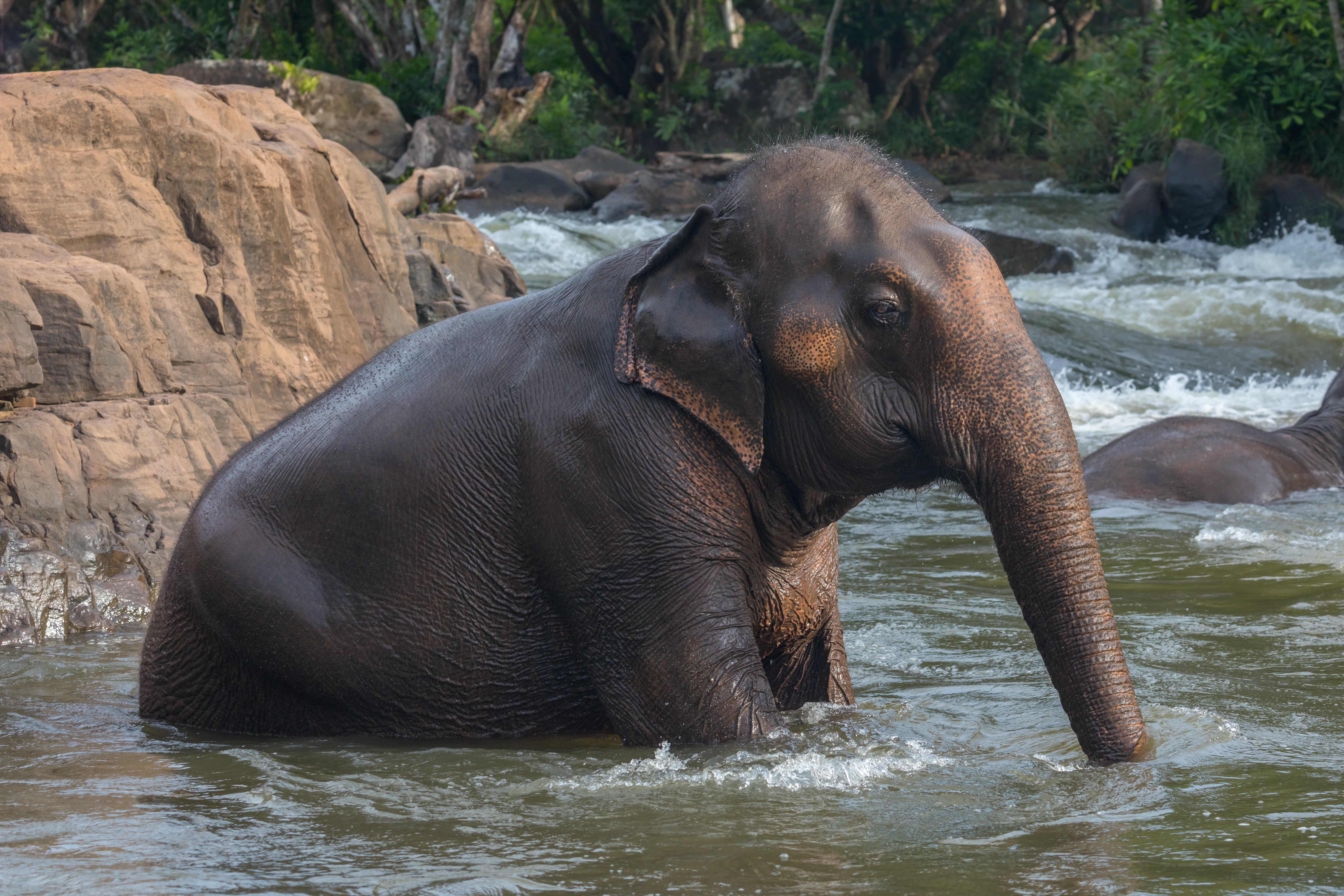
The Asian elephant, revered in cultures across Asia, is now teetering on the edge of extinction. Habitat loss due to deforestation and human encroachment has severely fragmented their populations. These gentle giants are also victims of poaching for their ivory and skin. Despite their cultural significance, Asian elephants are often caught in human-wildlife conflicts, leading to tragic outcomes for both sides. Conservation efforts focus on habitat restoration and creating corridors for safe passage, but the struggle continues. The survival of these elephants is not just about preserving a species; it's about maintaining the ecological balance and cultural heritage of the region.
2. The Elusive Snow Leopard: Ghosts of the Mountains
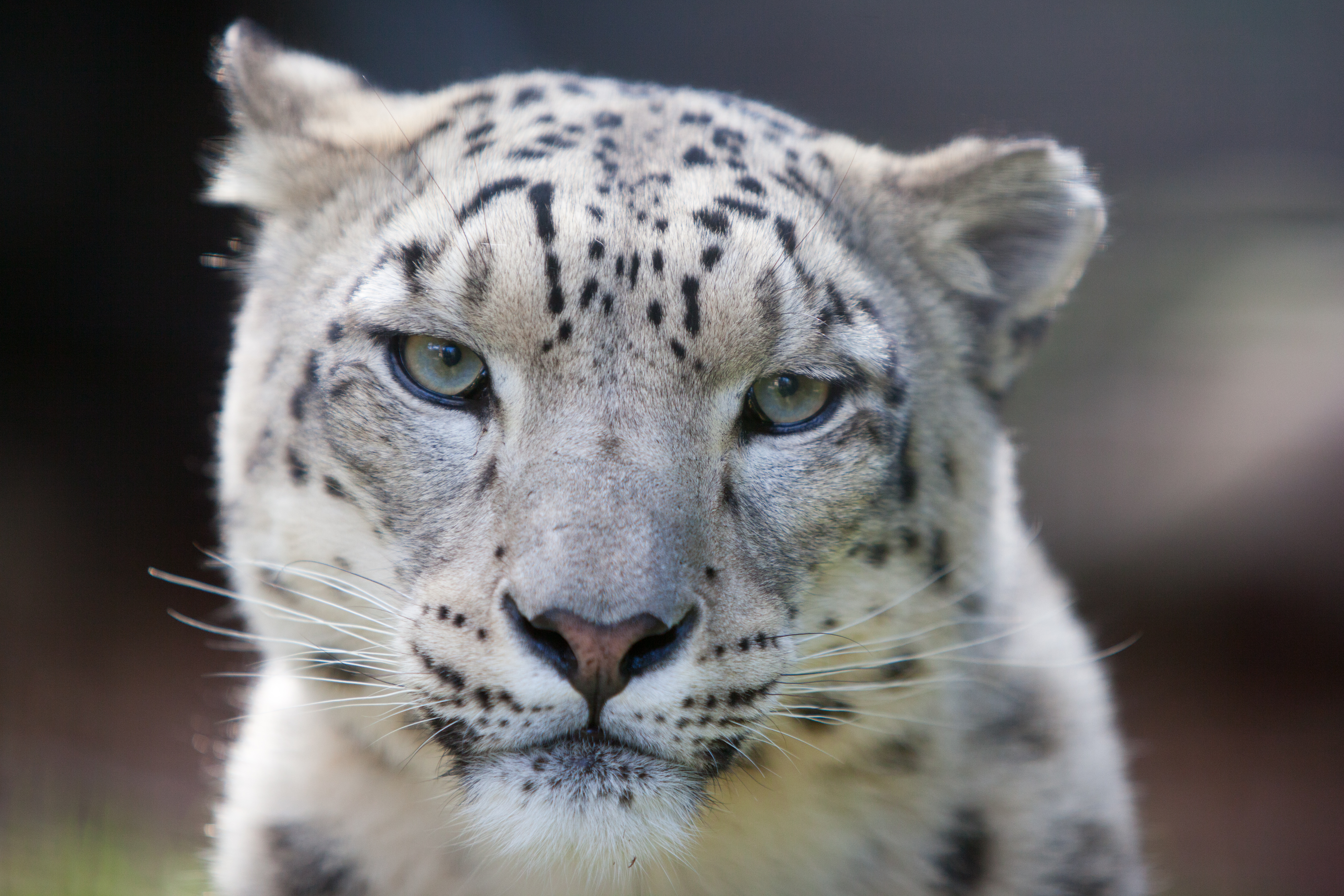
High in the rugged mountains of Central Asia, the snow leopard prowls, an elusive predator perfectly adapted to its harsh environment. Yet, climate change and poaching have put these magnificent cats at risk. Their thick fur, prized on the black market, and the depletion of prey due to habitat degradation, threaten their survival. Conservationists are working tirelessly to protect these "ghosts of the mountains" through community engagement and anti-poaching initiatives. The snow leopard's plight highlights the interconnectedness of ecosystems and the dire consequences of environmental neglect.
3. The Playful Vaquita: An Ocean's Cry for Help
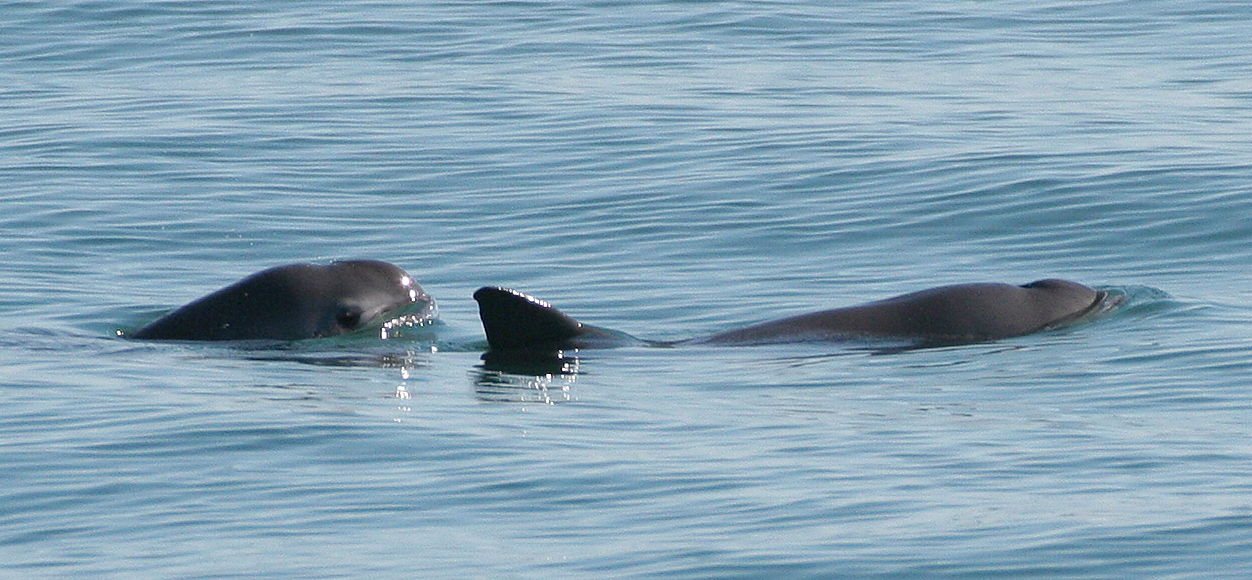
In the warm waters of the Gulf of California, the vaquita, the world's smallest and most endangered marine mammal, fights for survival. With fewer than 10 individuals left, the vaquita's fate is dire. Illegal fishing practices, particularly the use of gillnets to catch the totoaba fish, have decimated their numbers. Despite international bans, demand for totoaba swim bladders continues to drive this destructive practice. Efforts to save the vaquita focus on enforcing fishing regulations and developing alternative livelihoods for local communities. The vaquita's story is a powerful testament to the impact of human greed on marine ecosystems.
4. The Iconic Giant Panda: A Conservation Success Story?
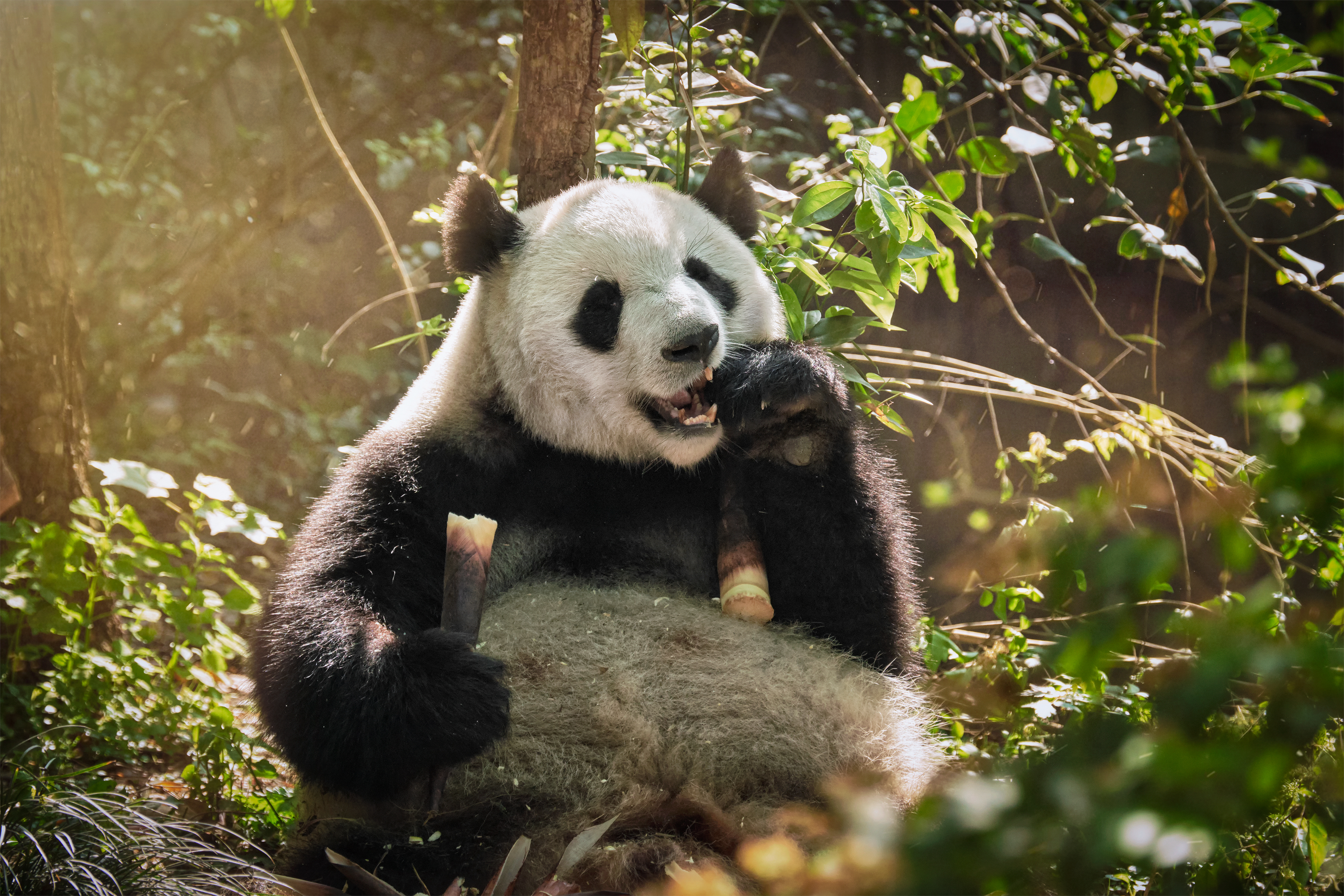
Once on the brink of extinction, the giant panda's story is a beacon of hope in conservation circles. Intensive efforts, including habitat preservation and captive breeding programs, have helped stabilize their population. However, challenges remain. Climate change threatens bamboo forests, the panda's primary food source, while human encroachment continues to pressure their habitat. The giant panda's journey underscores the importance of sustained conservation efforts and the potential for recovery when global attention is focused on a species. Their story is a reminder that while progress is possible, the work is never truly done.
5. The Endangered Orangutan: Guardians of the Rainforest
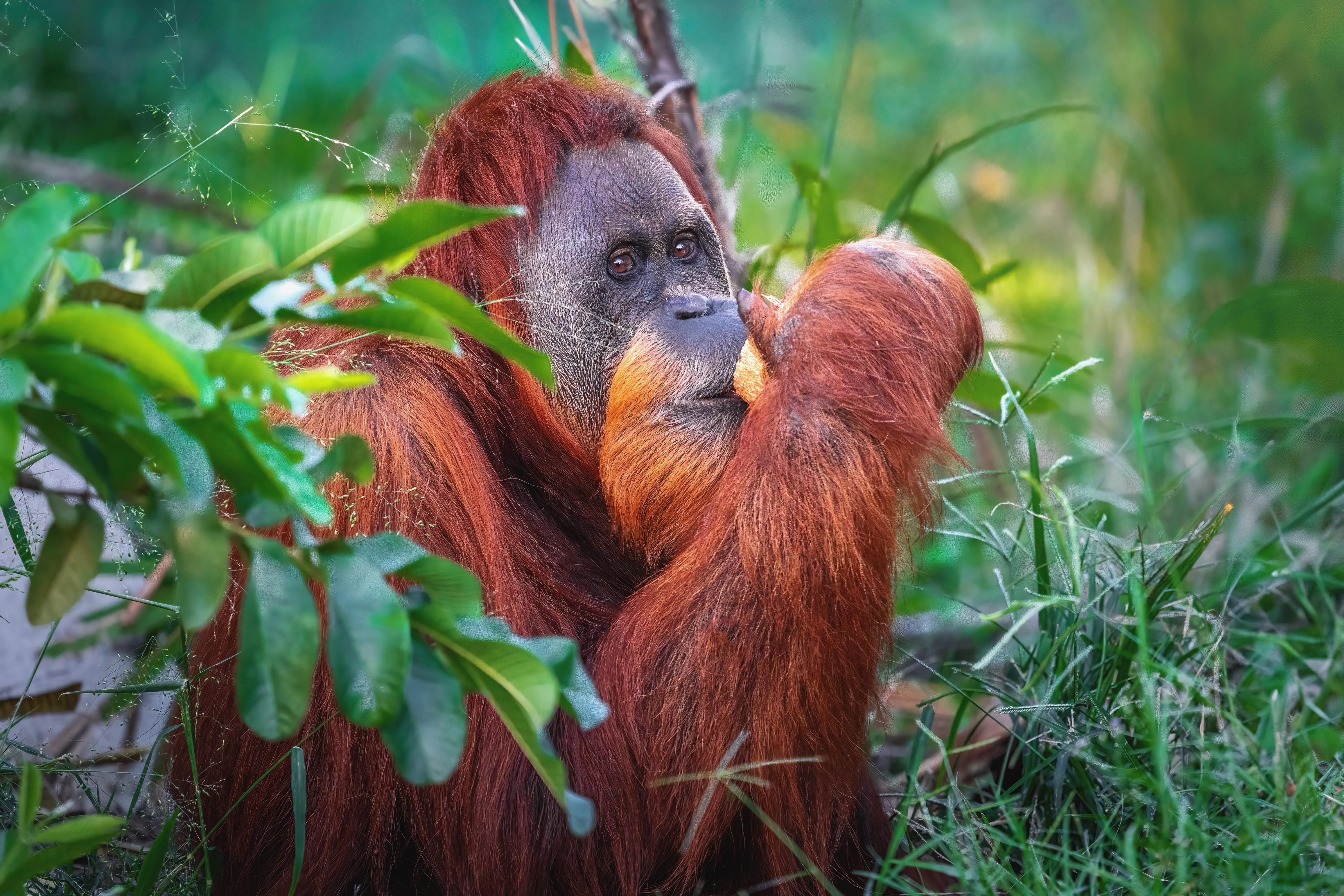
Orangutans, the gentle giants of the rainforest, are critically endangered due to deforestation and illegal wildlife trade. These intelligent primates play a vital role in seed dispersal, maintaining the health of their forest homes. As palm oil plantations expand, orangutans lose their habitat and are often killed or captured. Conservationists are working to protect remaining forests and rehabilitate orphaned orangutans. The battle to save these "people of the forest" highlights the broader fight against deforestation and the need for sustainable agricultural practices. Their survival is intricately linked to the health of the planet's rainforests.
6. The Vulnerable Hawksbill Turtle: Jewels of the Sea
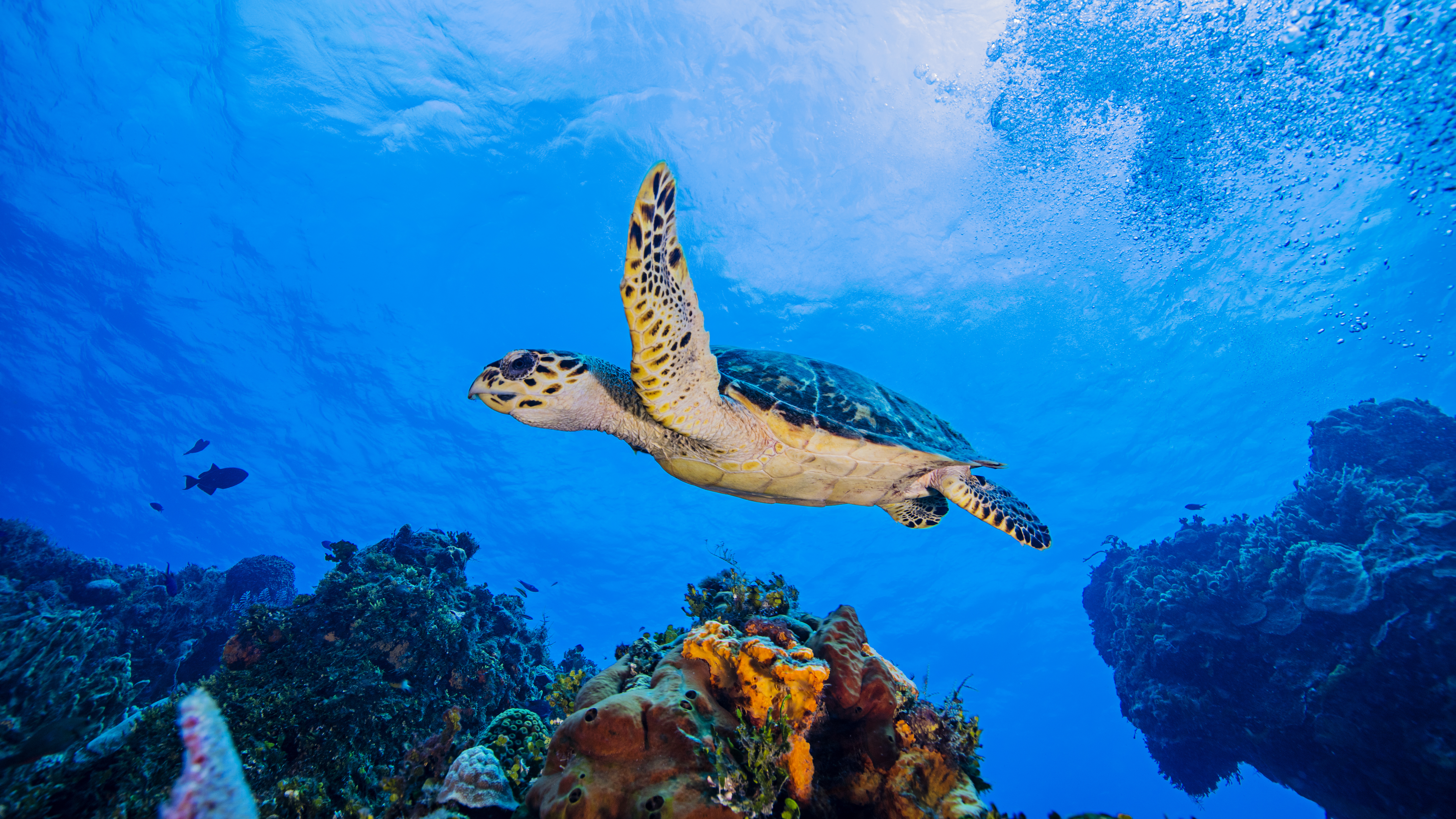
Hawksbill turtles, with their beautiful, patterned shells, are critically endangered due to illegal poaching and habitat loss. These marine reptiles play a crucial role in maintaining healthy coral reefs by controlling sponge populations. Climate change, pollution, and coastal development further threaten their survival. Conservation efforts include protecting nesting beaches, regulating fisheries, and raising awareness about the illegal trade in turtle shells. The hawksbill turtle's plight is a vivid illustration of the complex challenges facing marine life and the importance of protecting ocean ecosystems for future generations.
7. The Mysterious Aye-Aye: Madagascar's Nighttime Enigma
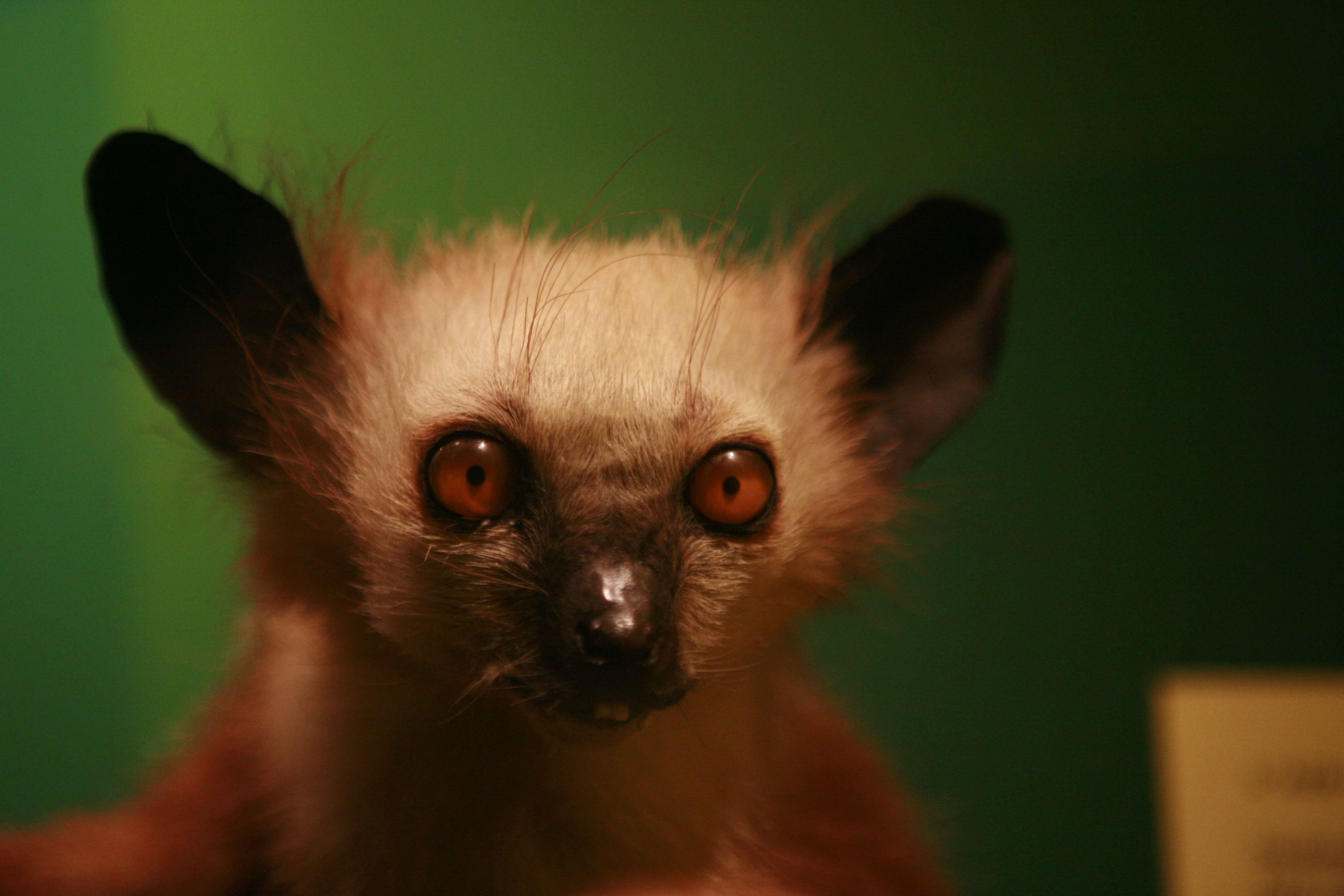
The aye-aye, a nocturnal lemur native to Madagascar, is one of the most unique and misunderstood creatures on Earth. With its elongated fingers and large eyes, the aye-aye is often feared and persecuted due to local superstitions. Habitat destruction from logging and agriculture further imperils their existence. Conservationists are working to change perceptions and protect the aye-aye's forest habitat. The survival of this enigmatic primate is crucial for the biodiversity of Madagascar, an island home to countless endemic species. The aye-aye's story is a reminder of the importance of cultural sensitivity in conservation efforts.
8. The Rare Javan Rhino: Last of the Ancient Giants

The Javan rhino, one of the world's rarest large mammals, is critically endangered, with only a small population surviving in Indonesia's Ujung Kulon National Park. Habitat loss, poaching, and natural disasters pose significant threats to their survival. Conservationists are working to expand their habitat and prevent poaching through increased security measures. The Javan rhino's story is a testament to the challenges of protecting large, solitary animals and the need for international cooperation in conservation efforts. Their survival is a symbol of hope for the preservation of ancient species.
9. The Spectacular Kakapo: New Zealand's Flightless Wonder
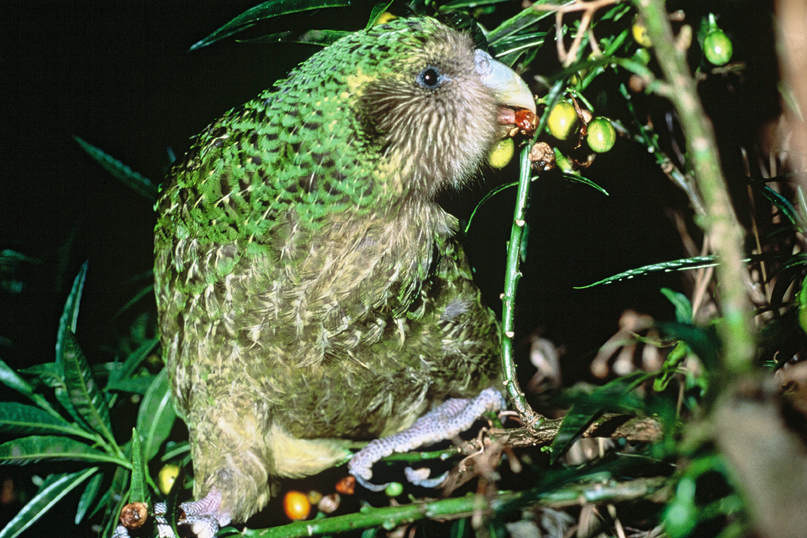
The kakapo, a flightless parrot native to New Zealand, is a unique and critically endangered bird. Once widespread, their numbers dwindled due to introduced predators and habitat destruction. Intensive conservation efforts, including predator control and a breeding program, have helped increase their population, but challenges remain. The kakapo's story highlights the importance of island conservation and the impact of invasive species on native wildlife. Their survival is a testament to the dedication of conservationists and the potential for recovery when innovative solutions are applied.
10. The Magnificent Amur Leopard: A Struggle for Survival
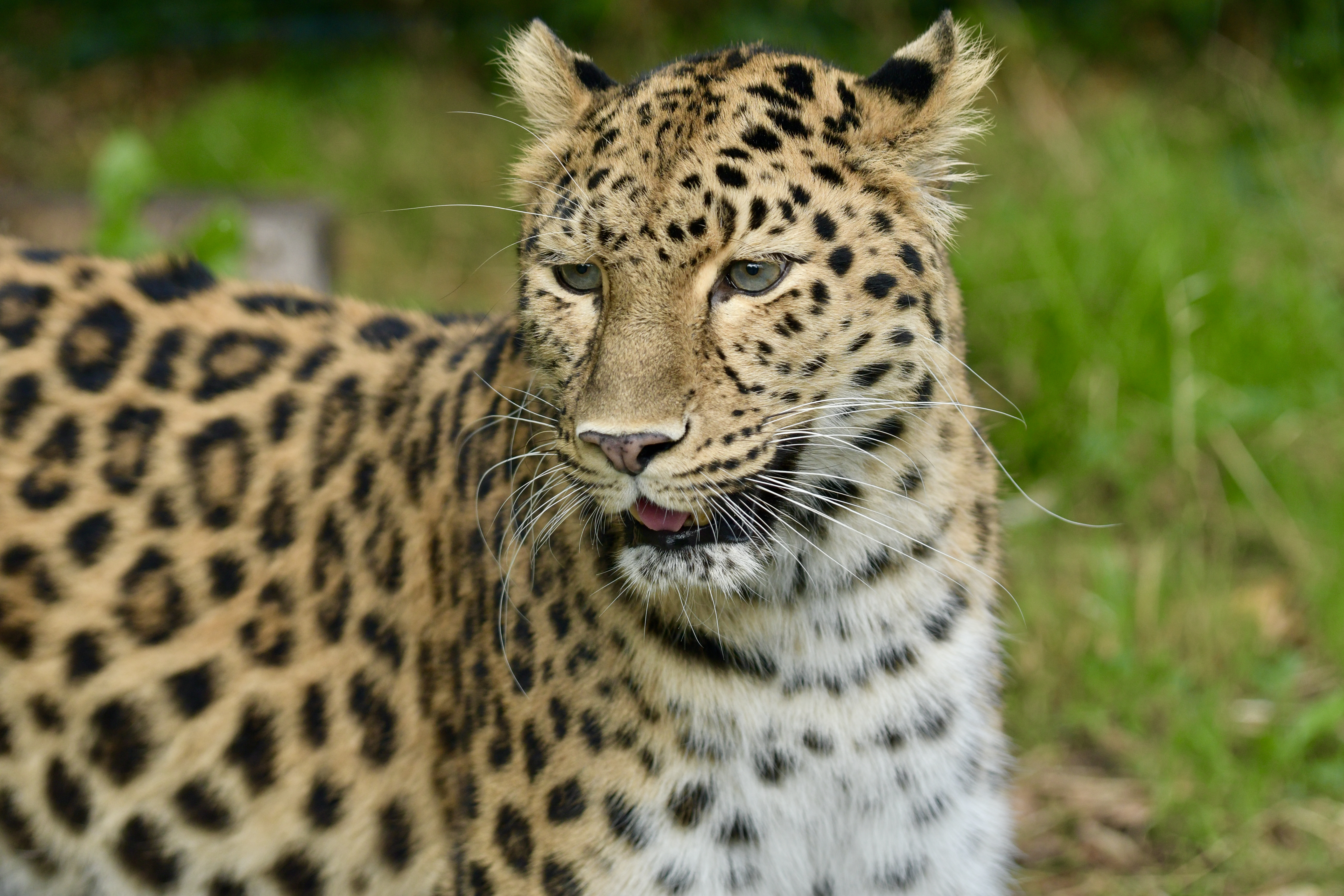
The Amur leopard, one of the world's rarest big cats, faces extinction due to habitat loss, poaching, and prey depletion. Found in the forests of Russia and China, these solitary predators are critically endangered, with only a few dozen individuals remaining. Conservation efforts focus on habitat protection, anti-poaching measures, and cross-border cooperation. The Amur leopard's plight underscores the challenges of conserving wide-ranging predators and the need for international collaboration in conservation efforts. Their survival is a critical component of the biodiversity of the Russian Far East.
11. The Enigmatic Saola: Asia's Unicorn
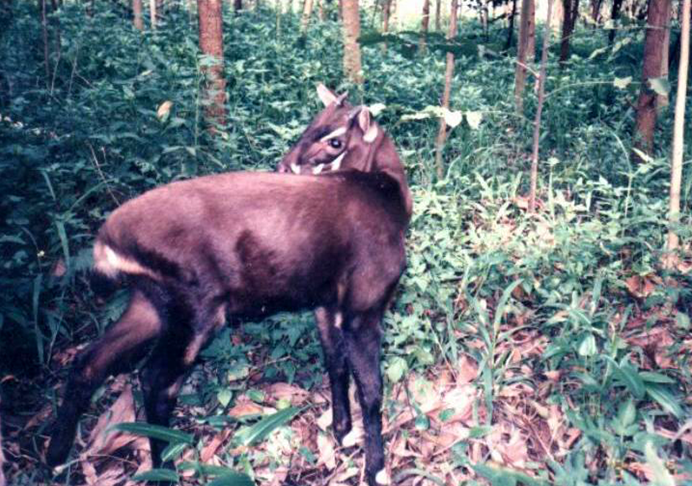
The saola, often called the "Asian unicorn," is one of the most elusive and endangered mammals on the planet. Discovered only in 1992, this antelope-like creature is found in the Annamite Mountains of Vietnam and Laos. Habitat loss and poaching for traditional medicine pose significant threats to their survival. Conservationists are working to protect their habitat and reduce hunting pressure through community engagement and education. The saola's story is a reminder of the vast unknowns in biodiversity and the urgent need for conservation in lesser-known regions.
12. The Graceful Ganges River Dolphin: Guardians of the Sacred River
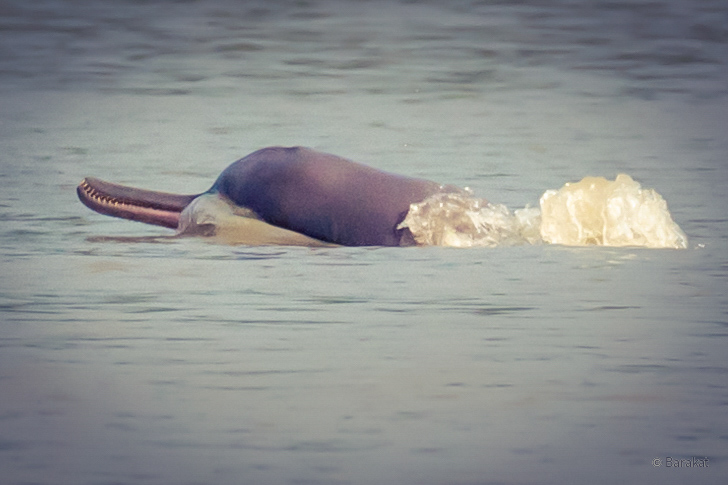
The Ganges River dolphin, a freshwater dolphin found in the rivers of India and Bangladesh, is critically endangered due to pollution, habitat fragmentation, and accidental capture in fishing nets. These dolphins play a vital role in maintaining the health of river ecosystems. Conservation efforts focus on reducing pollution, regulating fishing practices, and raising awareness about the importance of river conservation. The Ganges River dolphin's plight highlights the challenges of conserving aquatic species and the need for sustainable water management practices.
13. The Resilient Mountain Gorilla: A Conservation Triumph
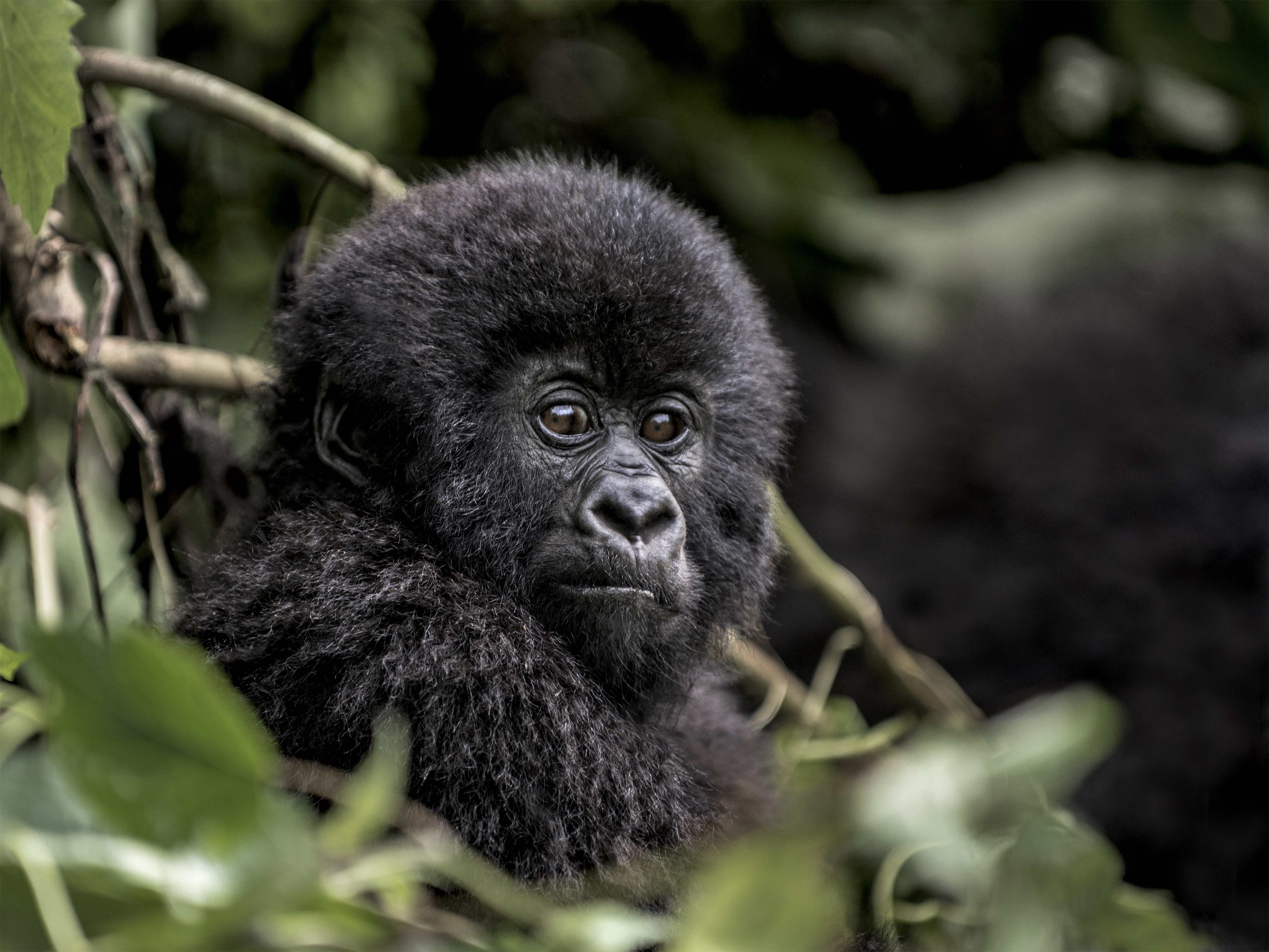
Mountain gorillas, once on the brink of extinction, have seen a remarkable recovery thanks to dedicated conservation efforts. Found in the forests of Central Africa, these gentle giants are threatened by habitat loss, poaching, and disease. Conservationists have implemented anti-poaching measures, habitat protection, and community-based tourism initiatives to support their survival. The mountain gorilla's story is a beacon of hope in the fight against extinction and a testament to the power of collaborative conservation efforts. Their survival is a symbol of resilience and the potential for recovery when humans and wildlife coexist.
14. The Endangered Philippine Eagle: A National Treasure
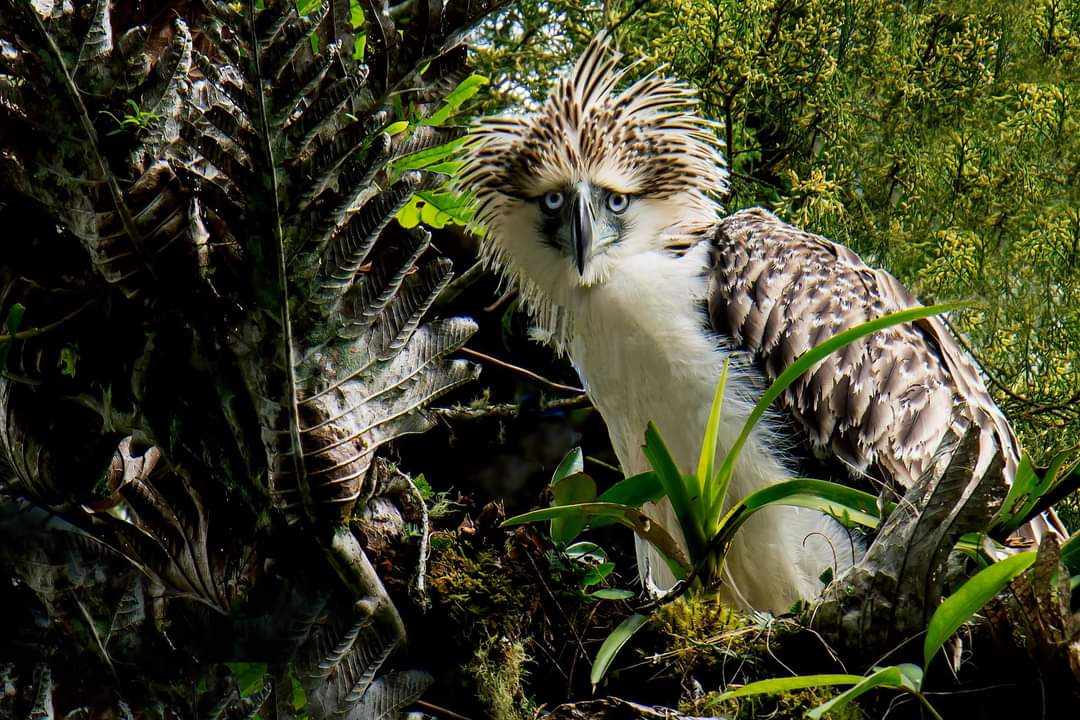
The Philippine eagle, one of the world's largest and most powerful birds of prey, is critically endangered due to deforestation and hunting. These majestic birds are found only in the Philippines and play a crucial role in maintaining the balance of forest ecosystems. Conservation efforts focus on habitat protection, captive breeding, and community education to raise awareness about the importance of preserving this national treasure. The Philippine eagle's plight highlights the challenges of conserving apex predators and the need for sustainable development practices.
15. The Vulnerable Sumatran Tiger: Guardians of the Rainforest
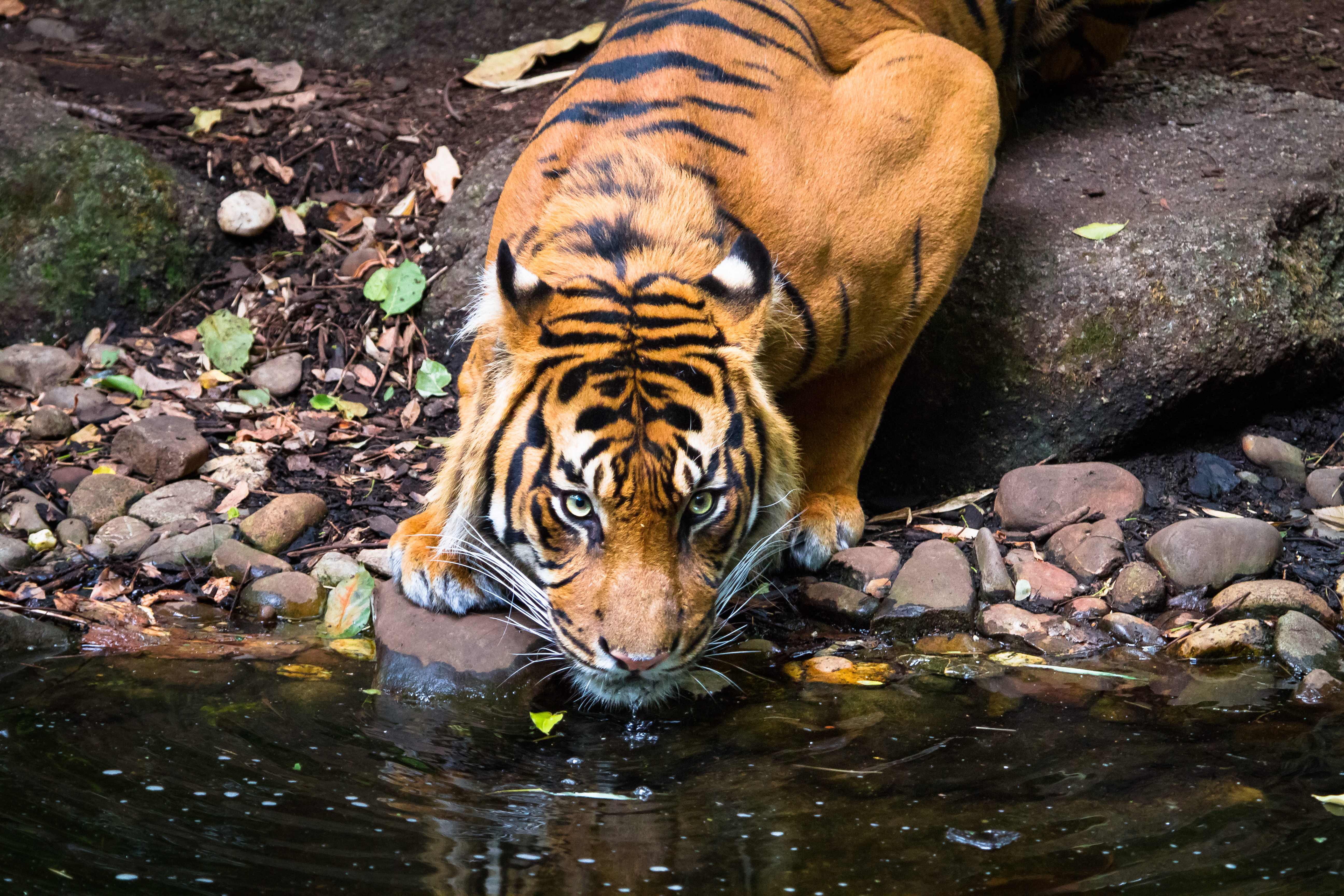
The Sumatran tiger, the smallest surviving tiger subspecies, is critically endangered due to habitat loss, poaching, and human-wildlife conflict. Found only on the Indonesian island of Sumatra, these solitary predators are crucial for maintaining the balance of their forest ecosystem. Conservation efforts focus on habitat protection, anti-poaching measures, and community engagement to reduce conflict. The Sumatran tiger's story underscores the importance of conserving large carnivores and the need for integrated conservation strategies that address both human and wildlife needs.
A Call to Action for a Shared Future
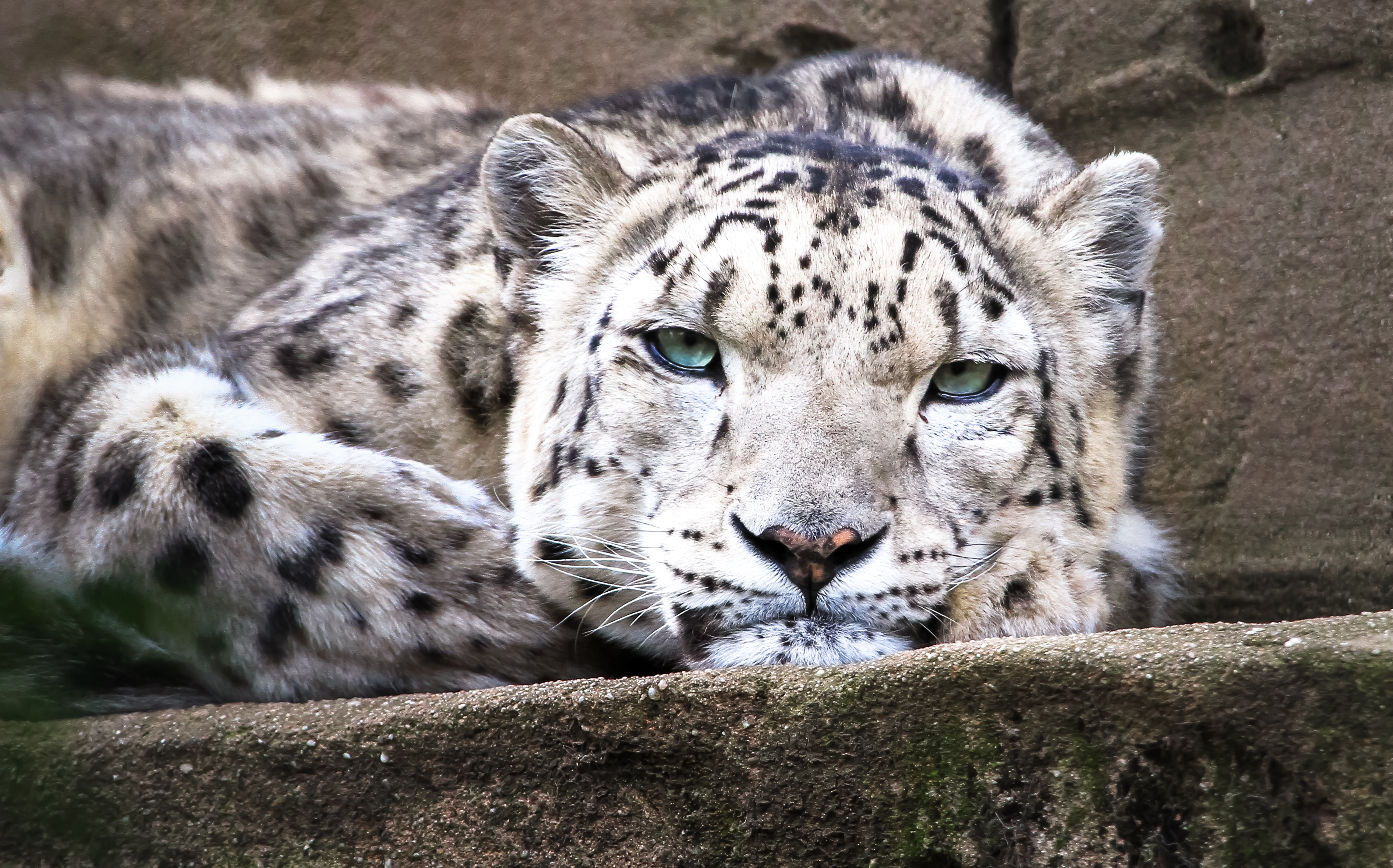
The stories of these 15 cherished creatures paint a poignant picture of the challenges facing biodiversity across continents. Each species, with its unique role and significance, highlights the urgent need for global conservation efforts. As we witness the vanishing wonders of the world, it is crucial to recognize the interconnectedness of ecosystems and the impact of human actions on the natural world. Conservation is not just about saving individual species; it is about preserving the intricate web of life that sustains us all. The time for action is now, and it is our collective responsibility to ensure a future where these magnificent creatures continue to thrive.







